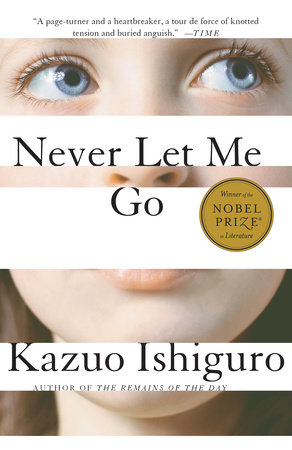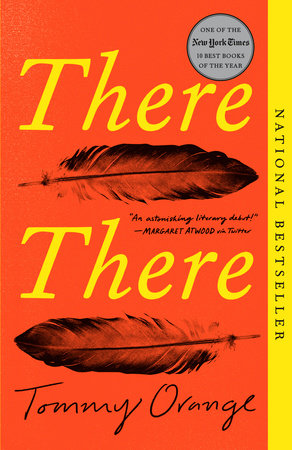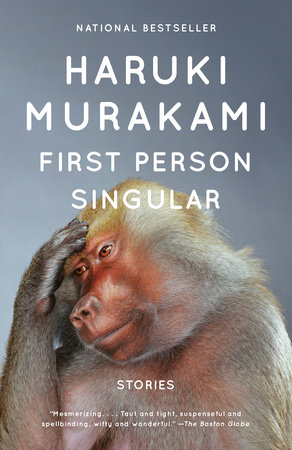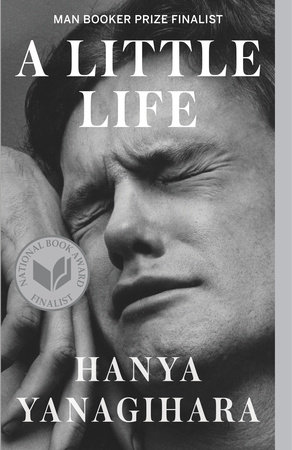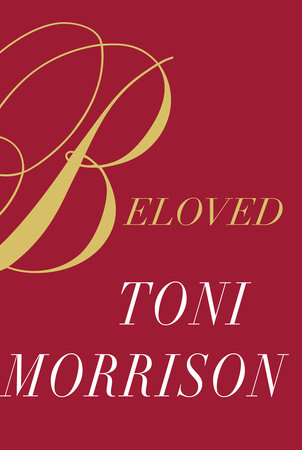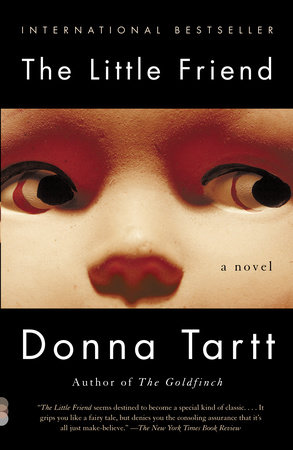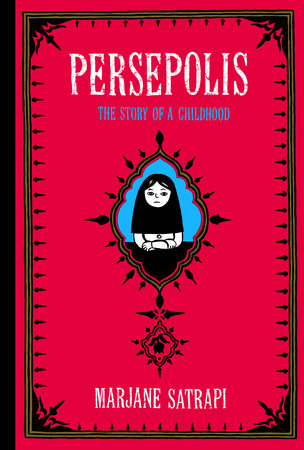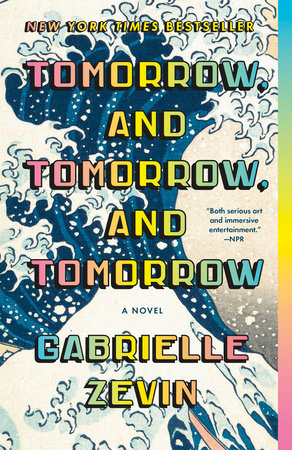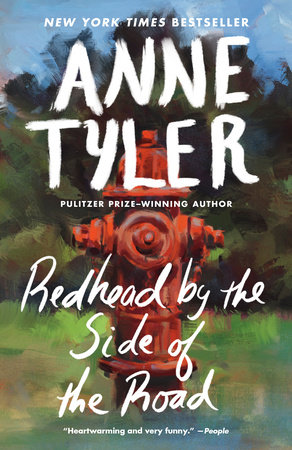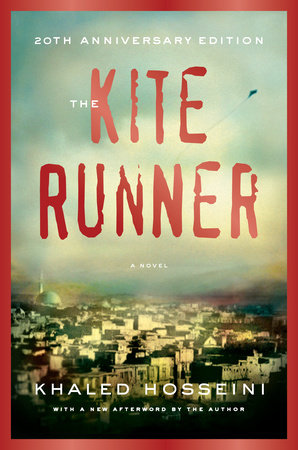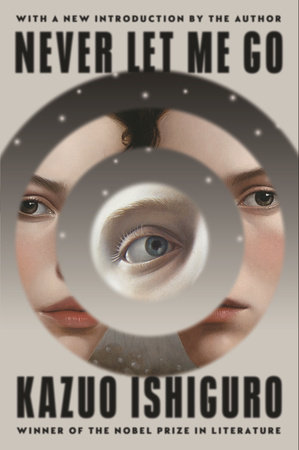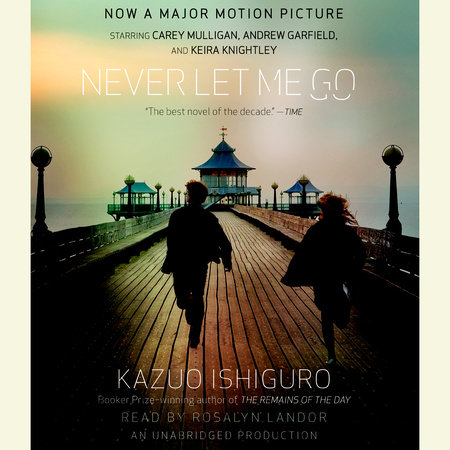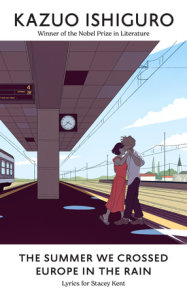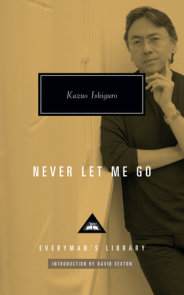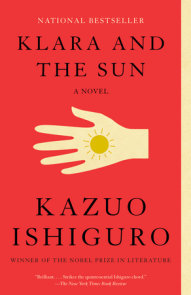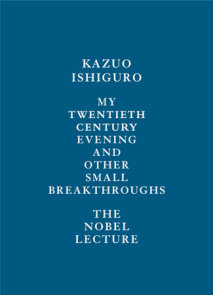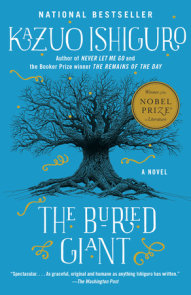Author Q&A
A Conversation with
KAZUO ISHIGURO
Q: What was your starting point for Never Let Me Go?
A: Over the last fifteen years I kept writing pieces of a story about an odd group of “students” in the English countryside. I was never sure who these people were. I just knew they lived in wrecked farmhouses, and though they did a few typically student-like things—argued over books, worked on the occasional essay, fell in and out of love—there was no college campus or teacher anywhere in sight. I knew too that some strange fate hung over these young people, but I didn’t know what. In my study at home, I have a lot of these short pieces, some going back as far as the early ‘90s. I’d wanted to write a novel about my students, but I’d never got any further; I’d always ended up writing some other quite different novel. Then around four years ago I heard a discussion on the radio about advances in biotechnology. I usually tune out when scientific discussions come on, but this time I listened, and the framework around these students of mine finally fell in place. I could see a way of writing a story that was simple, but very fundamental, about the sadness of the human condition.
Q: This novel is set in a recognizable England of the late 20th century. Yet it contains a key dystopian, almost sci-fi dimension you’d normally expect to find in stories set in the future (such as Brave New World). Were you at any point tempted to set it in the future?
A: I was never tempted to set this story in the future. That’s partly a personal thing. I’m not very turned on by futuristic landscapes. Besides, I don’t have the energy to think about what cars or shops or cup-holders would look like in a future civilization. And I didn’t want to write anything that could be mistaken for a “prophecy.” I wanted rather to write a story in which every reader might find an echo of his or her own life.
In any case, I’d always seen the novel taking place in the England of the ‘70s and ‘80s–the England of my youth, I suppose. It’s an England far removed from the butlers-and-Rolls Royce England of, say, The Remains of the Day. I pictured England on an overcast day, flat bare fields, weak sunshine, drab streets, abandoned farms, empty roads. Apart from Kathy’s childhood memories, around which there could be a little sun and vibrancy, I wanted to paint an England with the kind of stark, chilly beauty I associate with certain remote rural areas and half-forgotten seaside towns.
Yes, you could say there’s a “dystopian” or “sci-fi” dimension. But I think of it more as an “alternative history” conceit. It’s more in the line of “What if Hitler had won?” or “What if Kennedy hadn’t been assassinated?” The novel offers a version of Britain that might have existed by the late twentieth century if just one or two things had gone differently on the scientific front.
Q: Kathy, the narrator of this book, isn’t nearly as buttoned-up as some of your previous narrators (such as those of The Remains of the Day or When We Were Orphans) and seems more reliable to the reader. Was this a deliberate departure on your part?
A: One of the dangers you have to guard against as a novelist is repeating things you’re deemed to have done well in the past, just for the security of repeating them. I’ve been praised in the past for my unreliable, self-deceiving, emotionally restrained narrators. You could almost say at one stage that was seen as my trademark. But I have to be careful not to confuse my narrators with my own identity as a writer. It’s so easy, in all walks of life, to get trapped into a corner by things that once earned you praise and esteem.
That’s not to say I won’t one day reprieve my buttoned-up unreliable narrators if that’s what my writing requires. You see, in the past, my narrators were unreliable, not because they were lunatics, but because they were ordinarily self-deceiving. When they looked back over their failed lives, they found it hard to see things in an entirely straight way. Self-deception of that sort is common to most of us, and I really wanted to explore this theme in my earlier books. But Never Let Me Go isn’t concerned with that kind of self-deception. So I needed my narrator to be different. An unreliable narrator here would just have got in the way.
Q: Was it a different experience writing from the female perspective, and also writing in a modern-day vernacular rather than the more formal language of past eras?
A: I didn’t worry much about using a female narrator. My first published novel, A Pale View of Hills, was narrated by a woman too. When I was a young writer, I used narrators who were elderly, who lived in cultures very different from my own. There’s so much imaginative leaping you have to do to inhabit a fictional character anyway, the sex of the character becomes just one of so many things you have to think about–and it’s probably not even one of the more demanding challenges.
As for the more vernacular style, well, she’s someone narrating in contemporary England, so I had to have her talk appropriately. These are technical things, like actors doing accents. The challenge isn’t so much achieving a voice that’s more vernacular, or more formal, it’s getting one that properly presents that narrator’s character. It’s finding a voice that allows a reader to respond to a character not just through what he or she does in the story, but also through how he/she speaks and thinks.
Q: This novel, like most of your others, is told through the filter of memory. Why is memory such a recurring theme in your work?
A: I’ve always liked the texture of memory. I like it that a scene pulled from the narrator’s memory is blurred at the edges, layered with all sorts of emotions, and open to manipulation. You’re not just telling the reader: “this-and-this happened.” You’re also raising questions like: why has she remembered this event just at this point? How does she feel about it? And when she says she can’t remember very precisely what happened, but she’ll tell us anyway, well, how much do we trust her? And so on. I love all these subtle things you can do when you tell a story through someone’s memories.
But I should say I think the role played by memory in Never Let Me Go is rather different to what you find in some of my earlier books. In, say, The Remains of the Day, memory was something to be searched through very warily for those crucial wrong turns, for those sources of regret and remorse. But in this book, Kathy’s memories are more benevolent. They’re principally a source of consolation. As her time runs out, as her world empties one by one of the things she holds dear, what she clings to are her memories of them.
Q: The setting for the first section of this book is a boarding school and you capture well the peer pressure and self-consciousness of being a kid at such a place. Did you draw on your own past for this? Did you have other direct sources, such as your daughter?
A: I never went to boarding school, and my daughter doesn’t go to one now! But of course I drew on my own memories of what it felt like to be a child and an adolescent. And though I don’t study my daughter and her friends, notebook in hand, I suppose it’s inevitable the experience of being a parent would inform the way I portray children.
Having said that, I can’t think of any one scene in that “school” section that’s based, even partly, on an actual event that ever happened to me or anyone I know. When I write about young people, I do much the same as when I write about elderly people, or any other character who’s very different from me in culture and experience. I try my best to think and feel as they would, then see where that takes me. I don’t find that children present any special demands for me as a novelist. They’re just characters, like everyone else.
The school setting, I must add, is appealing because in a way it’s a clear physical manifestation of the way all children are separated off from the adult world, and are drip-fed little pieces of information about the world that awaits them, often with generous doses of deception, kindly meant or otherwise. In other words, it serves as a very good metaphor for childhood in general.
Q: You’ve sometimes written screenplays, including the one for the upcoming Merchant Ivory movie The White Countess. And you’ve had the experience of seeing your novel The Remains of the Day made into a well-known movie. What for you is the relationship between cinema and the novel? Is it fruitful or dangerous for a writer to work in both?
A: I find writing for cinema and writing novels very different. That’s partly because writing novels is my vocation, my full-time job, while I’m a kind of enthusiastic amateur when it comes to screenplays. A key difference is that in cinema the story is told principally through images and music–the words are a kind of supplement. In a novel, words are all you have. But the two forms have many things in common, of course, and I think you can learn much about one from the other.
As you say, I wrote the screenplay to The White Countess, and collaborated on a movie released last year, The Saddest Music In The World. One important attraction of screenwriting for me is that it’s part of a larger collaborative process. There’s something unhealthy about continually writing novels all your life. A novelist doesn’t collaborate the way musicians or theatre people do, and after a while the lack of fresh influences can be dangerous. For me, working on a film, with a director, with actors, maybe other writers, is a good way to keep outside influences coming in.
I’m often asked if I worry that writing screenplays will make my novels more like screenplays. But I’ve found the exact opposite. Looking back, my first novel, A Pale View of Hills, looks to me very close to a screenplay in technique. It moves forward scene by scene with pared-down dialogue, little set descriptions and stage directions. But just after I finished that novel, I wrote two screenplays for British TV’s Channel 4, and that made me acutely conscious of the differences between film writing and novel writing. I became dissatisfied with the idea that I might write a novel that could just as well have been a film. My feeling at the time was that novels wouldn’t survive as a form–wouldn’t be able to compete with TV and cinema–unless they focused on doing things only novels could do. Ever since then, I’ve tried to write books that offer an experience completely different from the sort you might get in front of a cinema or TV screen. You could say I want to write unfilmable novels–though I’ve been keen enough to discuss movie adaptations once I finish a book! But while I’m writing, I want my novel to work uniquely as a novel, and my screenplay to work uniquely as a film.
